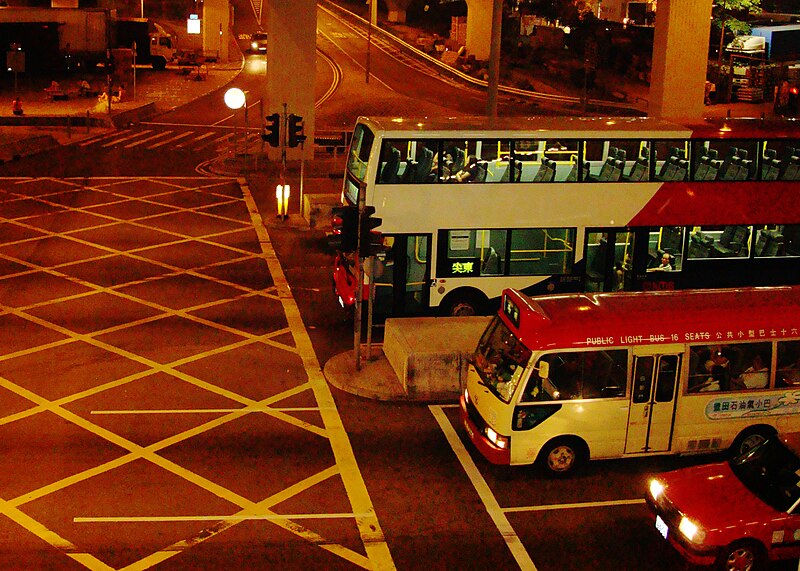Transportation plays a pivotal role in our modern society, enabling the movement of people and goods across vast distances. However, the convenience and efficiency of transportation come at a significant cost to the environment. In this article, we will delve into the multifaceted ways in which transport affects our environment, exploring its impact on air quality, climate change, land use, and biodiversity.
- Air Quality:
Transportation, particularly the combustion of fossil fuels in vehicles, is a major contributor to air pollution. Emissions from cars, trucks, ships, and airplanes release harmful pollutants such as nitrogen oxides (NOx), sulfur dioxide (SO2), particulate matter (PM), and volatile organic compounds (VOCs). These pollutants not only degrade air quality but also have detrimental effects on human health, leading to respiratory problems and cardiovascular diseases. - Climate Change:
Transportation is a significant contributor to greenhouse gas emissions, primarily through the burning of fossil fuels. Carbon dioxide (CO2) emissions from vehicles account for a substantial portion of global emissions, exacerbating the greenhouse effect and contributing to climate change. Additionally, transportation infrastructure, such as roads and airports, often leads to deforestation and habitat destruction, further amplifying the environmental impact. - Land Use:
The expansion of transportation networks requires vast amounts of land, leading to the conversion of natural habitats into roads, railways, and airports. This encroachment on ecosystems disrupts wildlife migration patterns, fragments habitats, and reduces biodiversity. Moreover, the construction and maintenance of transportation infrastructure often involve the extraction of raw materials, further depleting natural resources. - Biodiversity:
Transportation activities, particularly the introduction of invasive species through global trade and travel, pose a significant threat to biodiversity. Invasive species can outcompete native species, disrupt ecosystems, and cause irreparable damage to fragile ecosystems. Additionally, the noise and disturbance generated by transportation infrastructure can negatively impact wildlife behavior, leading to changes in feeding patterns, mating habits, and migration routes.
Mitigation Strategies:
To address the environmental impact of transportation, various mitigation strategies have been proposed and implemented:
- Transitioning to Sustainable Fuels: Encouraging the use of alternative fuels, such as biofuels, electricity, and hydrogen, can significantly reduce greenhouse gas emissions and air pollution.
- Promoting Public Transportation and Active Modes: Investing in efficient and accessible public transportation systems, as well as promoting walking, cycling, and carpooling, can reduce the number of private vehicles on the road, thereby decreasing emissions and congestion.
- Improving Vehicle Efficiency: Implementing stricter fuel efficiency standards and promoting the adoption of hybrid and electric vehicles can help reduce carbon emissions and dependence on fossil fuels.
- Enhancing Infrastructure Planning: Designing transportation infrastructure that minimizes environmental impact, such as incorporating green spaces, wildlife corridors, and sustainable drainage systems, can mitigate the disruption to ecosystems and enhance biodiversity.
Conclusion:
Transportation, while essential for societal development, has far-reaching consequences for the environment. By understanding the multifaceted ways in which transport affects our environment, we can work towards implementing sustainable solutions that minimize its negative impact. Through a combination of technological advancements, policy changes, and individual choices, we can strive for a future where transportation and environmental preservation coexist harmoniously.


